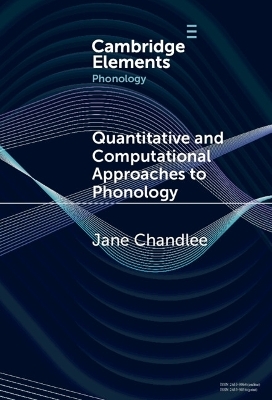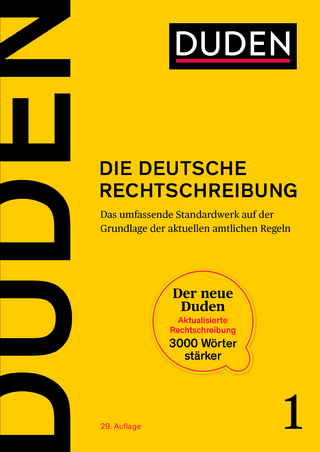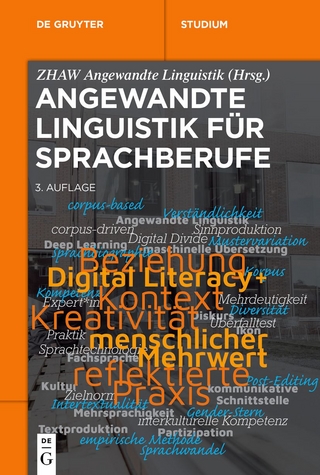
Quantitative and Computational Approaches to Phonology
Seiten
2025
Cambridge University Press (Verlag)
978-1-009-53944-9 (ISBN)
Cambridge University Press (Verlag)
978-1-009-53944-9 (ISBN)
This Element surveys various lines of work to the study of phonology, on quantitative and computational approaches. It explores rule- and constraint-based grammar theories, data learning, gradience, formal language theory, model theory, and information theory. It covers the interconnectedness of these approaches in phonology research and teaching.
This Element surveys the various lines of work that have applied algorithmic, formal, mathematical, statistical, and/or probabilistic methods to the study of phonology and the computational problems it solves. Topics covered include: how quantitative and/or computational methods have been used in research on both rule- and constraint-based theories of the grammar, including questions about how grammars are learned from data, how to best account for gradience as observed in acceptability judgments and the relative frequencies of different structures in the lexicon, what formal language theory, model theory, and information theory can and have contributed to the study of phonology, and what new directions in connectionist modeling are being explored. The overarching goal is to highlight how the work grounded in these various methods and theoretical orientations is distinct but also interconnected, and how central quantitative and computational approaches have become to the research in and teaching of phonology.
This Element surveys the various lines of work that have applied algorithmic, formal, mathematical, statistical, and/or probabilistic methods to the study of phonology and the computational problems it solves. Topics covered include: how quantitative and/or computational methods have been used in research on both rule- and constraint-based theories of the grammar, including questions about how grammars are learned from data, how to best account for gradience as observed in acceptability judgments and the relative frequencies of different structures in the lexicon, what formal language theory, model theory, and information theory can and have contributed to the study of phonology, and what new directions in connectionist modeling are being explored. The overarching goal is to highlight how the work grounded in these various methods and theoretical orientations is distinct but also interconnected, and how central quantitative and computational approaches have become to the research in and teaching of phonology.
1. Introduction; 2. Rule-based phonology; 3. Constraint-based phonology; 4. Gradient acceptability and lexical statistics; 5. Information theory; 6. Neural networks; 7. Formal Language Theory (FLT); 8. Conclusion; References.
| Erscheinungsdatum | 07.01.2025 |
|---|---|
| Reihe/Serie | Elements in Phonology |
| Zusatzinfo | Worked examples or Exercises |
| Verlagsort | Cambridge |
| Sprache | englisch |
| Themenwelt | Geisteswissenschaften ► Sprach- / Literaturwissenschaft ► Sprachwissenschaft |
| Mathematik / Informatik ► Mathematik | |
| ISBN-10 | 1-009-53944-2 / 1009539442 |
| ISBN-13 | 978-1-009-53944-9 / 9781009539449 |
| Zustand | Neuware |
| Informationen gemäß Produktsicherheitsverordnung (GPSR) | |
| Haben Sie eine Frage zum Produkt? |
Mehr entdecken
aus dem Bereich
aus dem Bereich
Das umfassende Standardwerk auf der Grundlage der aktuellen amtlichen …
Buch | Hardcover (2024)
Duden (Cornelsen Verlag)
35,00 €
und wie man sie vermeidet
Buch | Softcover (2022)
C.H.Beck (Verlag)
14,00 €


